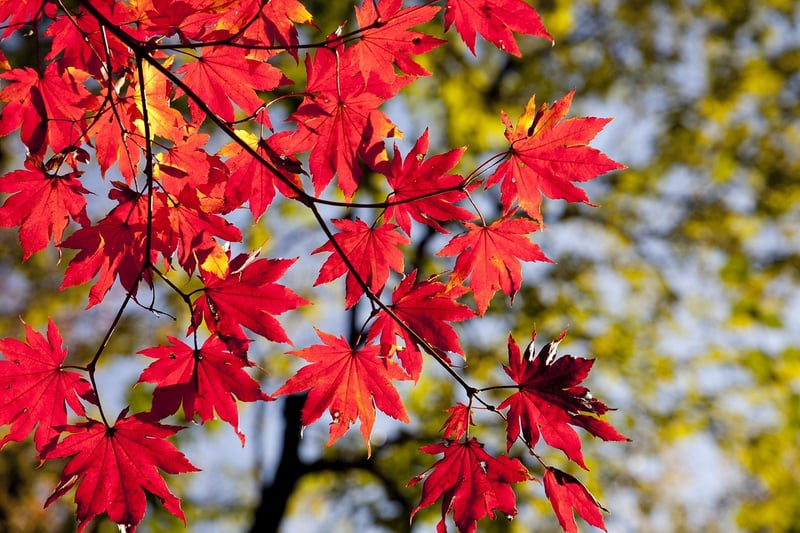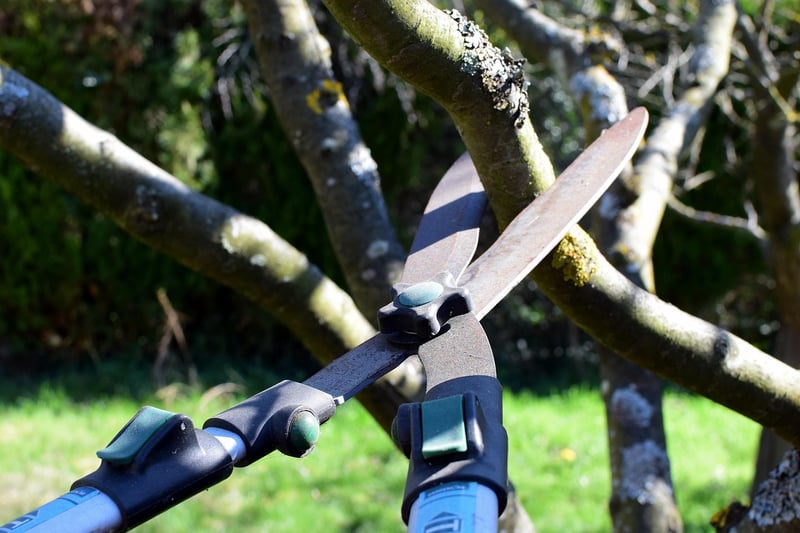Pruning Techniques
Plant Maintenance and Pruning Techniques
Introduction to Plant Maintenance
Proper plant maintenance is essential for the health and growth of your plants. Regular maintenance tasks can help prevent diseases, promote new growth, and enhance the overall appearance of your garden or indoor plants.
Benefits of Plant Pruning
Pruning is a crucial part of plant maintenance that involves the removal of dead, damaged, or overgrown parts of the plant. Pruning helps improve air circulation, increase sunlight exposure, and stimulate new growth.
Pruning Techniques
There are several techniques you can use when pruning your plants:
1. Deadheading
Removing dead flowers promotes new blooms and keeps the plant looking tidy.
2. Thinning
Thinning involves the selective removal of branches to improve light penetration and air circulation within the plant.
3. Heading Back
Heading back is the removal of the tips of branches to encourage bushier growth.
4. Shearing
Shearing is the shaping of plants into specific forms or sizes using hedge trimmers or shears.
General Plant Maintenance Tips
- Regularly water your plants according to their specific needs.
- Monitor for pests and diseases and take appropriate action if needed.
- Fertilize your plants to provide essential nutrients for healthy growth.
- Keep an eye on the overall health and appearance of your plants.
Conclusion
By practicing proper plant maintenance techniques and mastering the art of pruning, you can ensure that your plants thrive and enhance the beauty of your surroundings. Remember to research the specific needs of each plant species to provide the best care possible.

